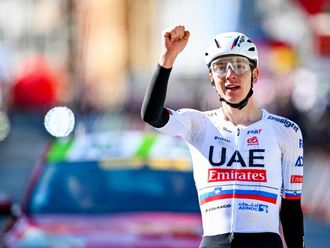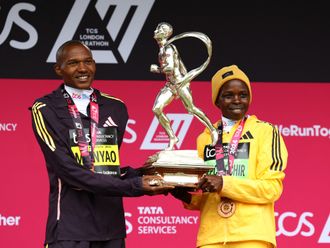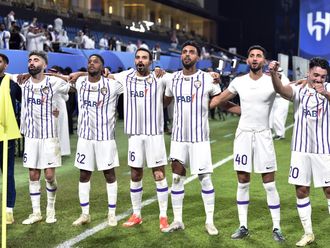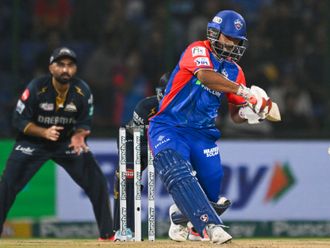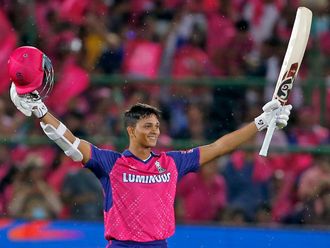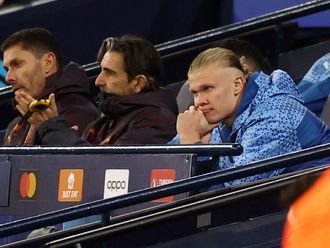It’s been a few days since I came back after a vacation in India, but I am still struck by the buzz there about a slew of new, well-marketed sporting activities.
While it may be extremely presumptuous to say if they can transform the new ventures into a sporting revolution of sorts, it certainly looks like the ‘sleeping giant’ is ready to look positively at a life beyond cricket.
Barely a week after reaching there, I was struck by the popular appeal generated by the Pro-Kabaddi League, the newest entrant in the world of franchise-based leagues when the eight-team bandwagon rolled into my city, Kolkata.
An extremely physical and exciting sport, which has its roots in India, it attracted a raucous crowd on virtually all match days at a venue called the Netaji Indoor Stadium — an impressive facility which hosts more political rallies and concerts than sporting events these days.
Yes, the Bollywood quotient present in the dugout on certain days a la the Indian Premier League was certainly a point of attraction — with Abhishek Bachchan, son of Amitabh Bachchan and co-owner of the Jaipur team, being present with his trophy wife Aishwarya, while Shah Rukh Khan also threw in an occasional appearance.
The enthusiasm spilled over to the other franchise cities, Mumbai, Delhi and Bangalore — notwithstanding the late starts and the nature of the sport being an alien one for Gen-Next.
Keeping pace with this was the build-up to the much-hyped Indian Super League (ISL) football — an ambitious venture which, they say, is going to change the face of the game in the country.
Originally scheduled to take off last January, the ISL is finally getting its act together and is now slated to be held between October and December across the eight franchise cities in India.
The concept of this league, which will certainly undermine the brand value of the national league, which has been in existence for close to two decades, has sharply polarised opinions among the football fraternity in India.
While many feel that such a glamorous assortment of cricketing legends, Bollywood personalities as owners, along with the international recruits should bring back fans’ passion for the game — others feel it will end up being a poor copy of the IPL.
There is a real risk, though, of the ISL finding itself in the second category — the main reason being that unlike its cricketing counterpart, which attracts the cream of world talent, the ISL has only succeeded in getting on board have-beens such as David Trezeguet, Robert Pires and Joan Capdevila.
However, the biggest incentive that the average Indian footballer can draw from ISL is the potential hike in their pay packets; just remember that a whopping Rs240 million (Dh881.30 million) was spent in the Indian players’ draft, which took place in Mumbai at the end of July.
If this does not sound impressive enough, then the Indian tennis buff can brace up for the real thing when one leg of the International Premier Tennis League (IPTL) will be held in New Delhi in December.
The second edition of the Indian Badminton League (IBL), which proved a resounding success last time, has meanwhile been deferred to January-February next year because of a crowded international calendar.
Aren’t these, then, really exciting times for Indian sport? Few will disagree.




